Ready to help treat your pet to a healthy life?
A Guide to the World's Oldest Cat Breeds
By : Kathleen Crampton | Published Aug 12, 2025
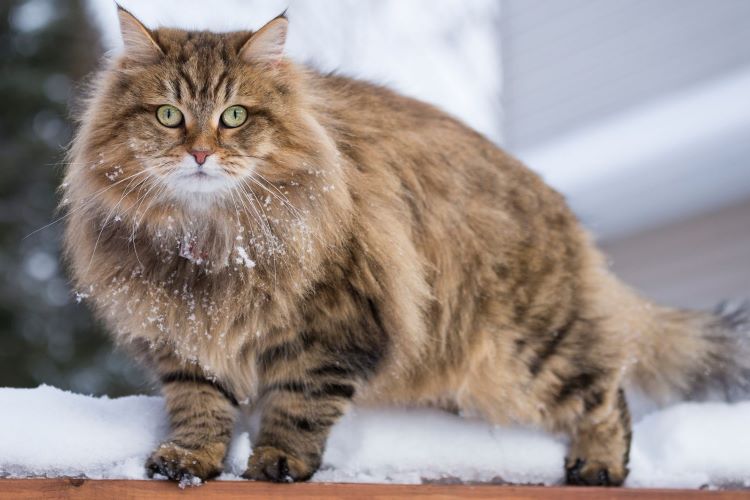
Cats have been hunting, napping (of course), and serving as human companions for thousands of years. Some scientists believe that domesticated cats first began approximately 12,000 years ago when humans started settling down. But felines are believed to have been around for much longer, millennia even, remaining more closely similar to their wild forebears than their canine counterparts.
There’s no doubt that cats have rich histories, but some are known to be older than others. So, what are the oldest cat breeds? There’s a lot of anecdotal stories out there about kitty history, but we did the legwork to narrow down the felines that have stood the test of time.
Don’t worry dog lovers; we have you covered too with this list of the world’s oldest dog breeds.
10 of the oldest cat breeds still around today
Determining the age of specific cat breeds isn’t an exact science, as some breeds may date back prior to appearing in artwork or written texts. However, a deep-dive into current scholarly research and widely-accepted historical knowledge gives us a pretty good idea of how old some cat breeds are. With that in mind, here are some of the oldest cats, from oldest to most recent discoveries.
1. Egyptian Mau
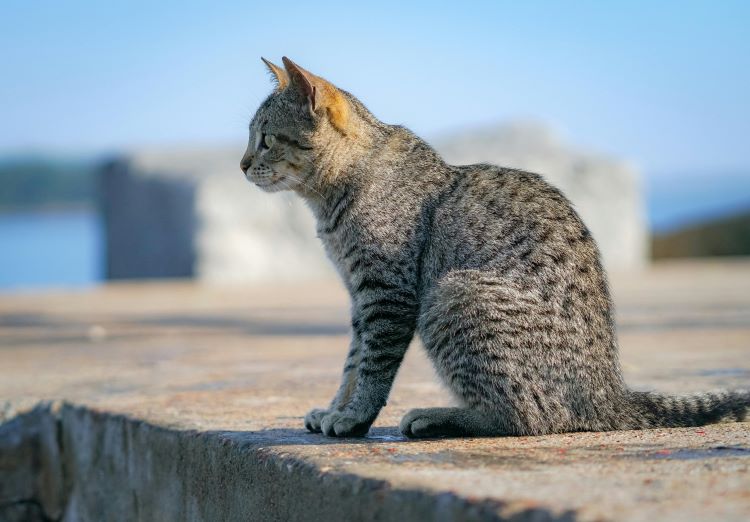
With origins in ancient Egypt, the Egyptian Mau is well-known as one of the oldest cat breeds as well as the only one with a naturally developed spotted coat. Paintings dating back to approximately 1500 B.C. depict cats that look very similar to Egyptian Maus, with their spots, muscular build, high shoulder blades, and long hind legs. Many of the frescos and papyri show cats alongside hunters, but it's the Book of the Dead that depicts the mythological sun god Ra as taking the form of a spotted cat (known as the Great Cat of Heliopolis), likely what is now known as the Mau.
A couple of fun facts about Egyptian Maus:
- They are the only house-cat breed in the world with naturally occurring spots.
- Their rarity as a breed is desirable by many pet parents, but there is concern that purebred Maus are facing extinction due to a lack of new bloodlines and cross-breeding.
2. Abyssinian
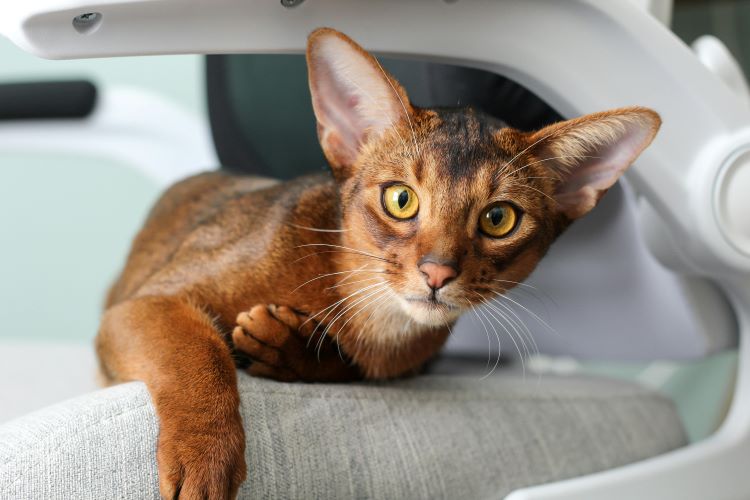
Another cat with Egyptian roots is the Abyssinian. Now, it must be noted that this breed is shrouded in mystery, as scholars have not been able to trace the exact lineage or history of these cats. However, most sources suggest that Abyssinians were roaming around in ancient Egypt, believing that these felines are those depicted in artwork and artifacts from that time. Modern-day discoveries of Egyptian tombs have unearthed mummified cats, whom some researchers believe to be Abyssinians.
The first known official appearance of the Abyssinian was in England in 1871 at the Crystal Palace Show.
3. Siberian
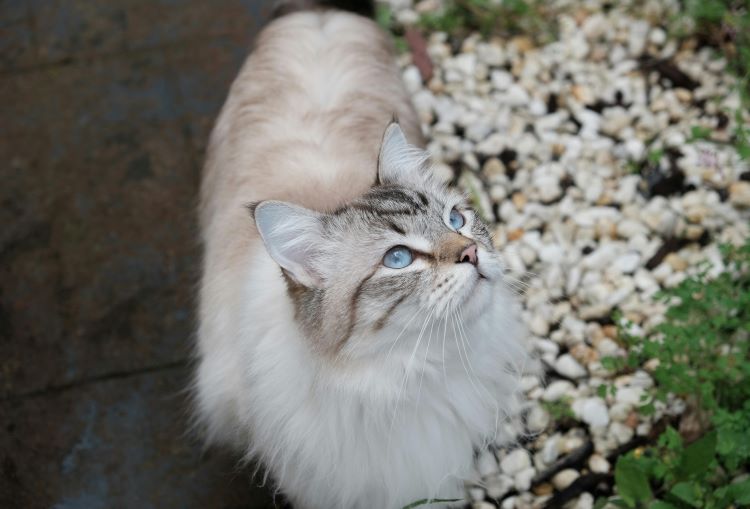
While newer to breed registries than other cats (it was accepted by The International Cat Association in 1992 and The Cat Fanciers’ Association in 2000), Siberian cats have a rich history.
Many accounts mention that the first recorded history of the breed was in 1000 A.D., but it’s not clear where or what these recordings are. Perhaps these accounts are referring to Russian folklore and fairy tales — which feature large, mythical felines — that have been passed down for generations. The most definitive reference to Siberians has been clearly traced back to 1889, where a fluffy Siberian with the quintessential pointy, tufted ears is illustrated in the book Our Cats and All About Them.
DNA analysis for Siberians shows that the breed is less genetically diverse than others, likely due to the fact that they were isolated for so long and have had less of a chance of cross-breeding.
4. Norwegian Forest Cat
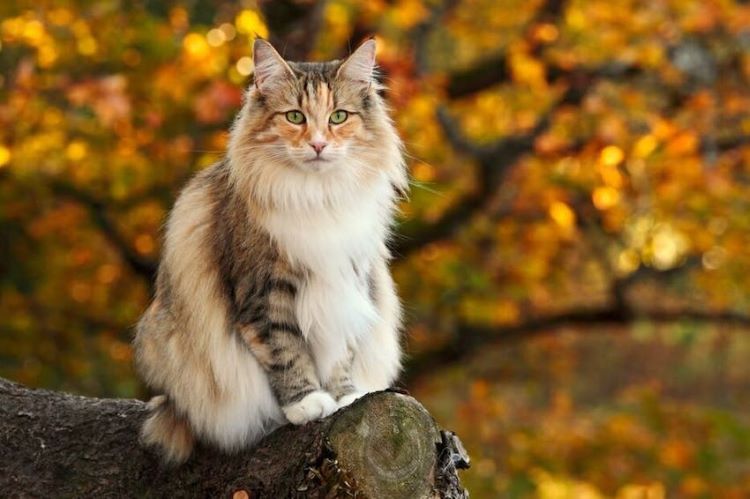
Another feline with mythical origins is the Norwegian Forest Cat, lovingly called “Wegie” by breed fanciers and pet parents alike. Norse folklore has it that the Norse goddess Freya (also spelled Freyka) loved the breed and that her chariot was pulled by two Norwegian Forest Cats, known as “skogkatts.”
The exact origins of the breed is unknown, but some organizations date the Wegie back to the time of the Vikings, around 1000 A.D. These sturdy, fluffy, independent cats would travel with the Vikings throughout Europe, leaving behind their forest stomping grounds for ships, where they helped with rodent control.
5. Siamese
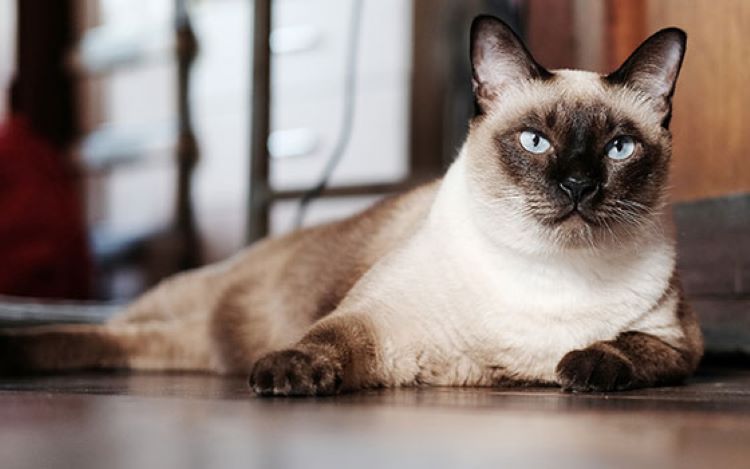
Another cat frequently noted as one of the ancient cat breeds is the Siamese cat. Hailing from Thailand (formerly known as Siam), Siamese cats were first documented in a Thai collection of cat poems called Tamra Maew (translated to “Treatise on Cats” or “The Cat-Book of Poems”). Between the years 1350 to 1767, Buddhist monks wrote poems and illustrated pictures of cats commonly seen in the country at the time, describing their distinctive features and temperaments. The Siamese cat is featured with the typical black-grey mask, dark-coated tail and paws, and slender body.
Many other breeds, including Colorpoints, Orientals, Havana Browns, and even some long-haired breeds, can be traced back to the Siamese cat.
6. Korat
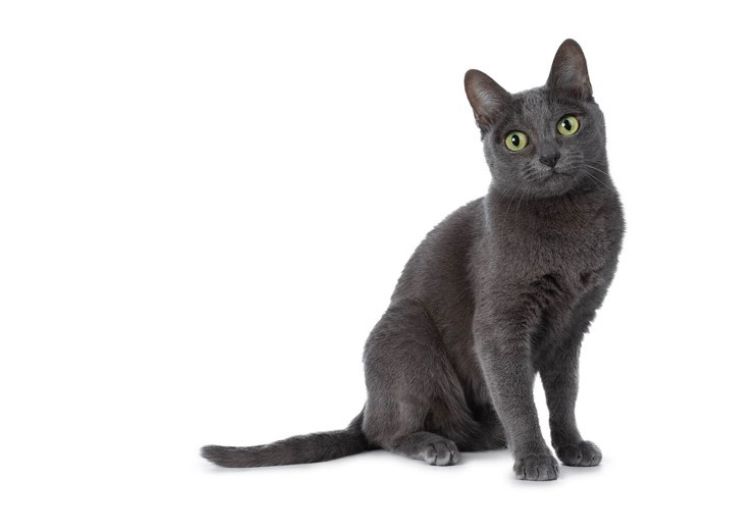
Considered lucky in Thailand, the Korat breed is an important symbol in the country — and has filled this role for hundreds of years. Like Siamese cats, the first known description of Korats is in the ancient manuscript Tamra Maew, where there is an illustration of a feline with blueish fur.
People in Thailand consider Korats, with their sleek gray-blue coats (called “silver-tipped blue” by fanciers’ associations) and mesmerizing green eyes, the country’s national cat, prizing them for their symbol of good fortune. It has even been pictured on Thai stamps over the years.
7. Khao Manee
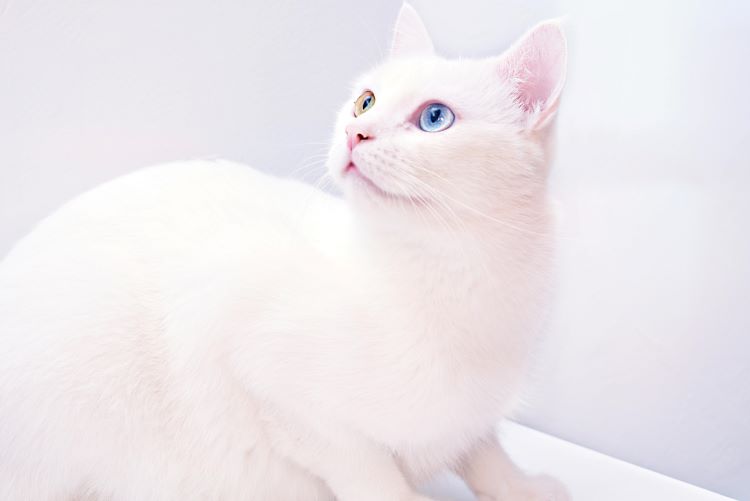
A pure, native breed also from Thailand, the majestic Khao Manee goes back more than 700 years. Initial evidence of the Khao Manee is from the Tamra Maew, where the cat was called “Khao Plort.” The illustration of Khao Plort aligns with the features of Khao Manees today, with their all-white fur and mercury-colored eyes. Nowadays, “odd-eyed” Khao Manees are prized by breeders, where one eye is blue and one is gold.
Khao Manees are highly favored in Thailand and, along with Siamese and Korats, considered lucky. They are quite rare outside of Thailand. For example, they weren’t recognized by The Cat Fanciers’ Association (CFA) until 2018.
8. Japanese Bobtail
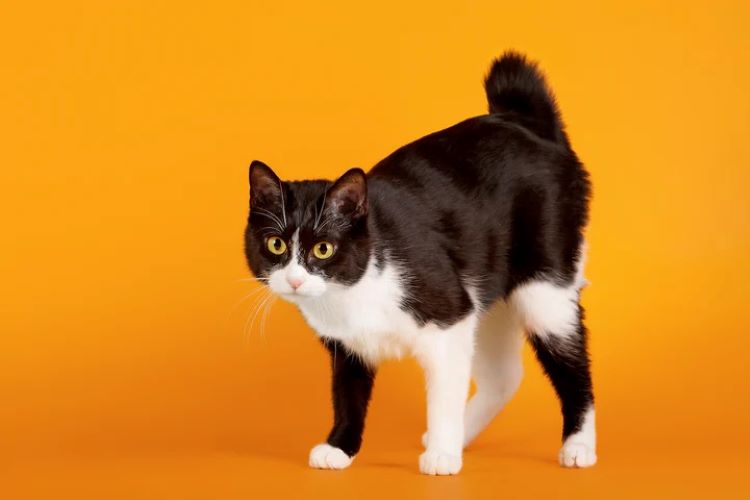
The history of the Japanese Bobtail isn’t clear, but according to the CFA, they are thought to have originated in Korea and brought to Japan sometime after the sixth century. Many sources mention that Japanese Bobtails can be seen illustrated on ancient Japanese scrolls, wood carvings, and prints, but some of the most famous art depictions of the tail-less cat are from the prints “Onna san no Miya” (1700s) and “Cat with lantern” (1800s).
Regardless of their exact origins, these fluffy, regal felines are widely known as one of the oldest cat breeds. It’s even thought to be the inspiration for maneki-neko, or “beckoning cat,” a figurine placed in many homes and businesses that is thought to bring prosperity.
9. Chartreux
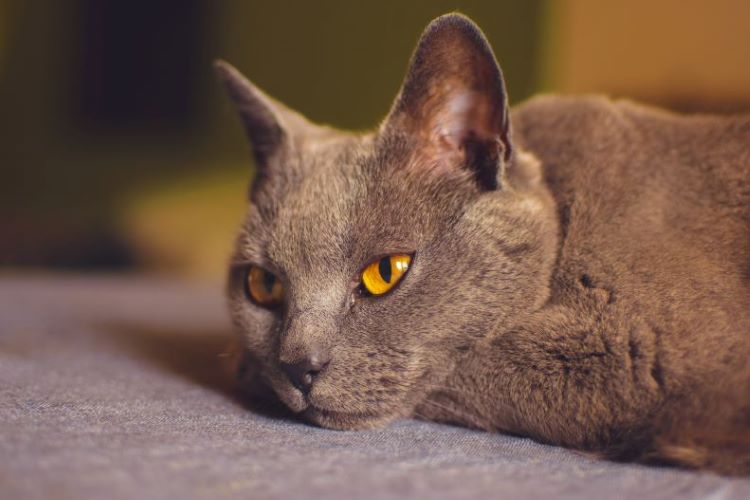
This charming, blue-coated cat was seemingly first described by poet Joachim du Bellay in 1558, then later specifically mentioned in a French dictionary entry in the 1700s, making the Chartreux one of the oldest cat breeds still around today. There are two lines of thought when it comes to how the Chartreux got its name: Some scholars trace the naming lineage to Carthusian monks in the 1800s, who are thought to have named the cats after Chartreuse, a French liqueur that they produced. Others believe that they were named after a Spanish wool, called Pile des Chartreux that was traded at the time.
Chartreux cats are familiarly known by many names, but the cutest of them all has to be “potato on toothpicks,” for their large bodies on short, dainty legs.
10. Persian
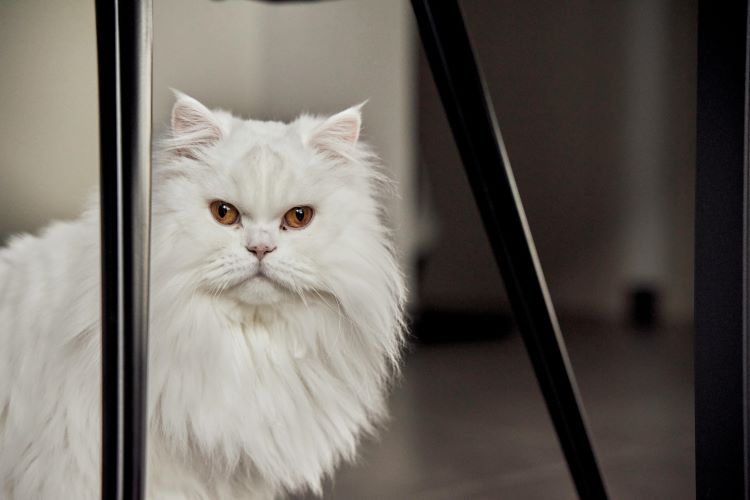
One of the most popular and coveted cat breeds is also one of the oldest, with their first known appearance in Europe thought to be in the early 1600s. It’s said that in 1626, an Italian trader brought a long-haired cat back from Persia (southwestern Asia) that looked much different from the Turkish Angora cat. Some sources claim that Persians are depicted in Egyptian hieroglyphics dating back to ancient times, but this information is difficult to verify.
Although the origins of the beloved Persian breed is a bit murky, it’s clear that these furry felines have played a prominent role throughout breeding history, used to develop several other cat breeds.
How to protect your cat, no matter their breed
Whether your cat’s lineage can be traced back to ancient Egypt or they’re a more recent breed, be sure to protect their health and your finances with cat insurance.
Every breed is unique and carries certain hereditary and genetic health risks, so it’s important to have those potential medical issues covered. But even if your cute companion is perfectly healthy, it’s common knowledge that cats can get into mischief! This is where cat and kitten insurance can help, by helping your cat get the treatment they need to live their best life.
